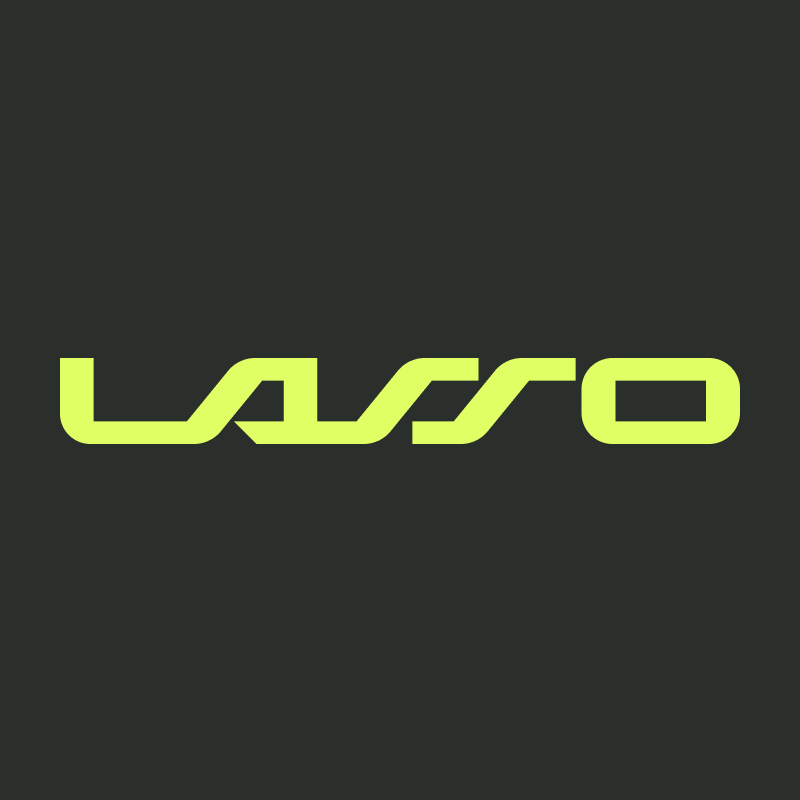A primer on NFT utility
One of the questions we get most often is “what does NFT utility actually mean?” Particularly if you don’t spend your time immersed in the world of digital assets, the idea of utility linked to a digital object can feel abstract. While we're still in the early days of this market, there are many examples that make this concept more concrete.
To Lasso, NFT utility means access, benefits, rights, or other opportunities that are accessible only to those who hold a specific NFT. Today, that utility is expressed as off-chain data: typically unstructured text authored by a project creator or brand and shared with their communities on Twitter, Discord, project websites, or other forums. Because NFTs themselves live on-chain, there is a disconnect between the on-chain token metadata and this off-chain utility information. This makes it hard for owners of digital assets to understand the utility for which they are eligible, particularly across multiple holdings to which various types of utility can be added over time.
Lasso solves this problem by unifying these datasets, and by transforming unstructured utility information into a structured format that we hope will become a useful public standard. One of the key components for any record within Lasso’s utility registry is “Utility Type.” Here’s our working list:
- Access. The concept of “token-gating” is something you may have seen before. This is when websites, or Discord servers/telegram channels, or bonus content, and so forth, are “gated” so that only holders of a particular token have access. A good example is Proof.xyz’s private member portal.
- Airdrop. This is a common form of utility wherein holding Token A entitles you to an airdrop or claim of Token B. Airdrops can be of other NFTs–derivative or related projects, as in the Bored Ape ecosystem–or of fungible tokens, as in the case of the Ethereum Name Service (ENS) airdrop (where holders of .ETH NFTs were airdropped $ENS).
- Event. NFTs are frequently used as tickets or passes to IRL events. For instance, Rug Radio, Crypto Packaged Goods, and BFF are hosting events at Art Basel 2022 where RSVPs require token ownership. Music festival Rolling Loud also recently announced its Loudpunx collection, which provides in-perpetuity entry to all Rolling Loud events globally.
- Merch. Many projects offer limited edition merch to their holders as a way to drive revenue and deepen community engagement. One example is gmoney’s 9dcc project and their recent ITERATION-01 drop, which required NFT ownership to unlock a physical shipment. Note that Shopify is investing in token-gated commerce infrastructure so that merchants can easily offer authentication, discounts, and exclusive products based on asset ownership.
- Mint. A frequent, web3-native form of utility is to provide access to new or derivative mints based on existing ownership of a given collection. Gary Vee’s VeeFriends collection, amongst others, frequently leverages this opportunity type.
- Virtual Goods. Some NFTs can be used as in-game items or characters. For instance, The Meebits collection recently announced that you could use its NFTs as avatars in The Sandbox. As blockchain gaming matures and virtual worlds become more connected and immersive, we expect this category of interoperable digital objects to become vast and highly valuable.
- Governance. Token holders can vote on specific questions related to the relevant tokenized community. One example is how CityDAO asks its members to participate in setting its strategy. A related example--participatory storytelling--is how pplpleasr and Maciej Kuciara involved their community of tokenholders in certain creative decisions for their Shibuya.xyz/White Rabbit project.
- Rights. Owning an NFT doesn’t give you de facto IP rights. But, in some cases, creators choose to attach IP or other licensing rights to tokens, such that holders are free to commercialize or otherwise utilize their assets. Beyond many CC0 projects–which are “no rights reserved”--one example is CyberKongz, where holders possess full commercial rights corresponding to their NFT(s).
In the last few months, there has been a significant amount of turmoil in the world of digital assets. Nonetheless, the passion and creative experimentation from NFT creators–individuals, DAOs, and big brands–is still going strong. We’ve seen web3 communities like Doodles and Proof raise tens of millions in funding to go mainstream, and global brands like Starbucks launch NFT-driven loyalty programs.
With the Ethereum Merge completed in September 2022, and a more positive ESG narrative in place, more such projects are coming. Reddit recently launched its Digital Collectibles and onboarded 3M+ Redditors to digital ownership. Instagram expanded its native NFT support and enabled creator mints and sales on-platform. This week, Nike launched its .SWOOSH platform for digital items that can be used in virtual worlds or to provide IRL community and product benefits. Simultaneously, the ecosystem of NFT-native creators and teams continues to push the boundaries of what is possible with these assets.
This is just the tip of the iceberg; in several years, the term “NFT” will recede into the background, as hundreds of millions of consumers, with an accelerating growth rate, intuitively understand digital items and the utility they provide in our increasingly online lives.
We’d love to hear from you if you’re working on novel ways to attach utility to NFTs, or if you come across interesting projects in the market. Find us on Twitter or shoot us an email!
Until next time.

